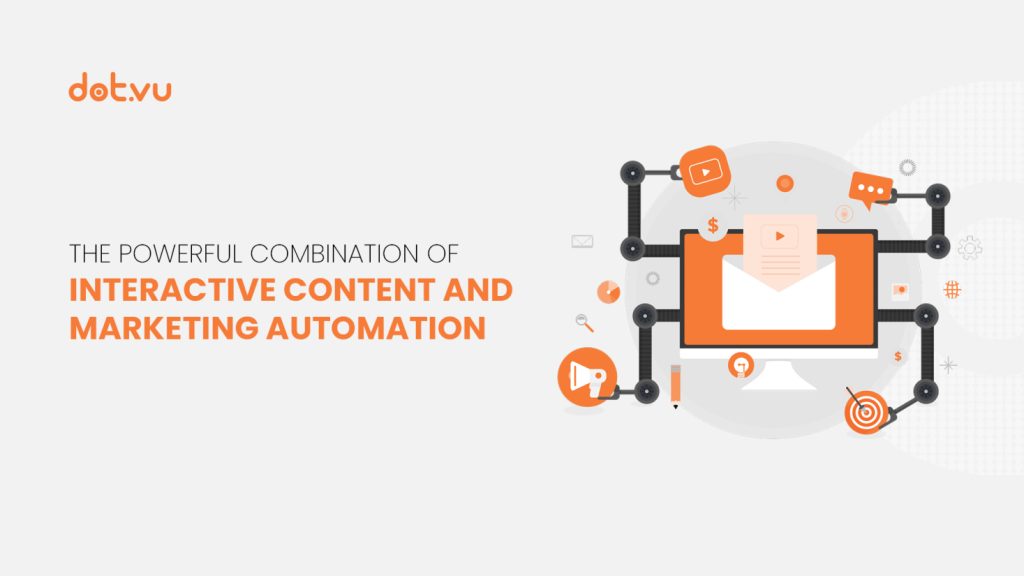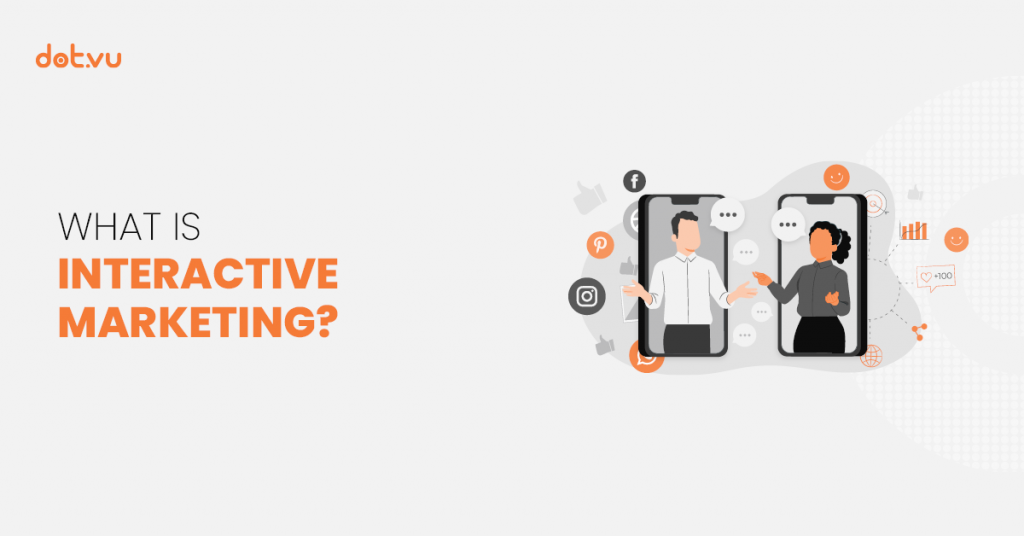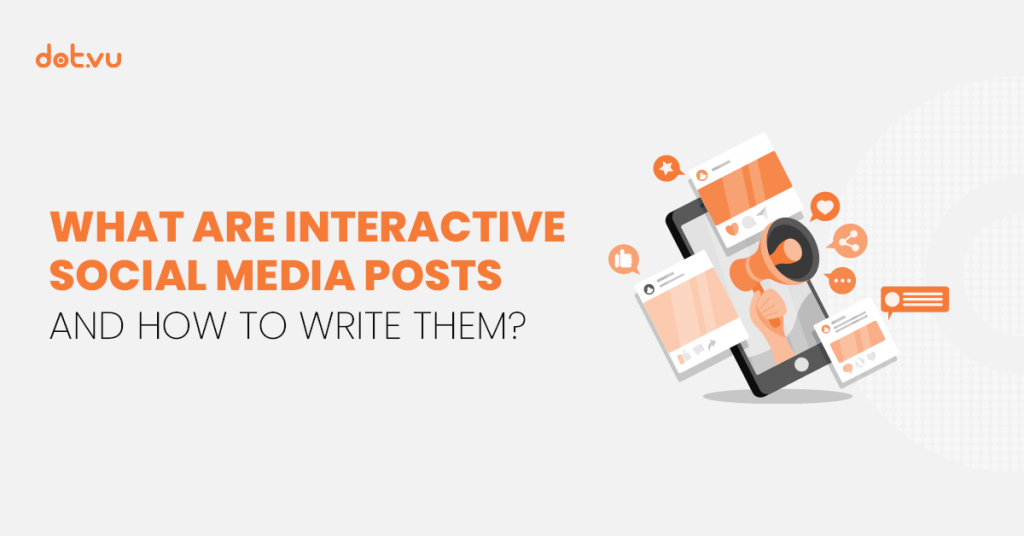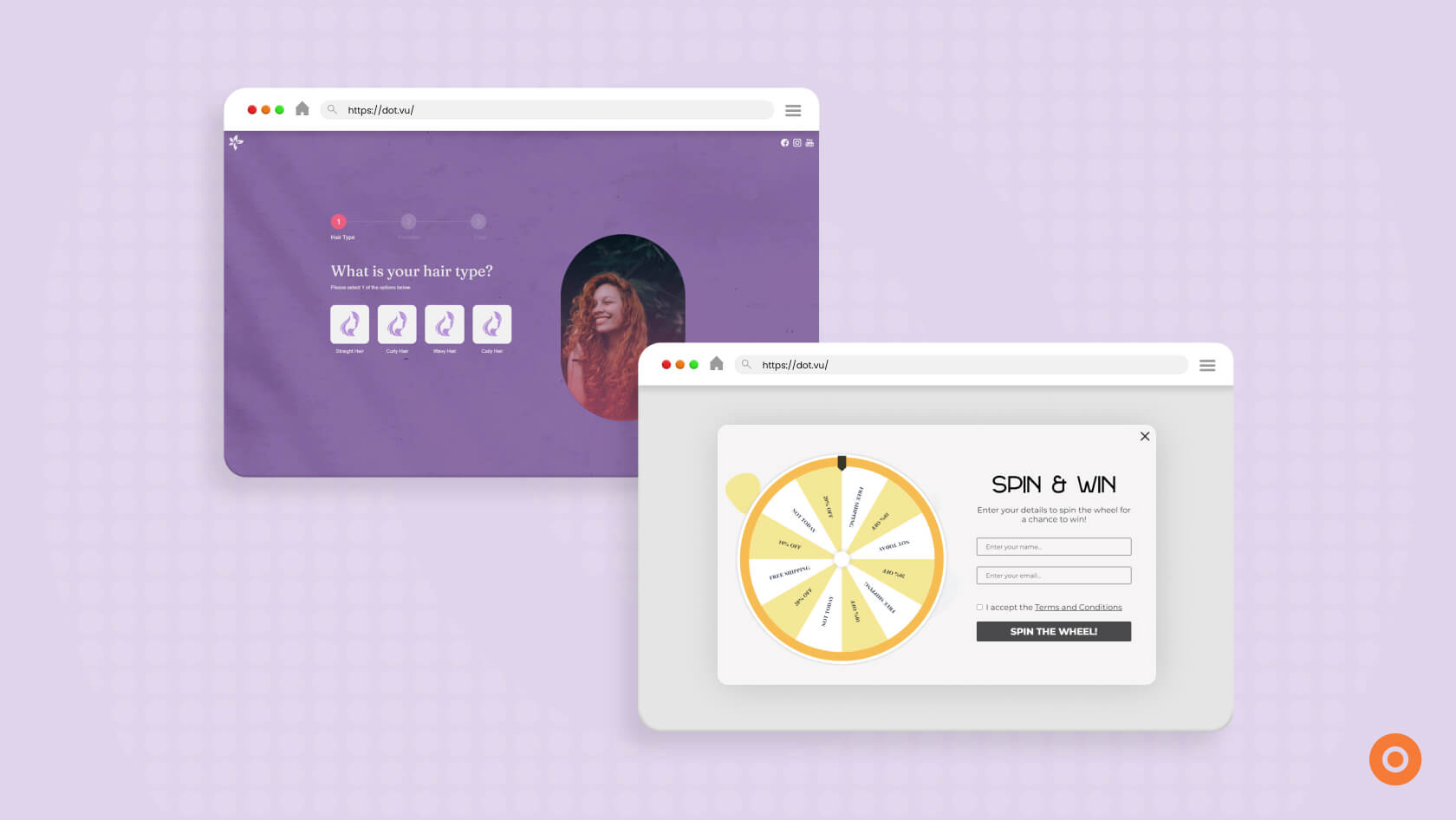
The most effective marketing today does more than just look good — it gets results. With so many brands competing for attention, the ones that succeed are those creating real, measurable impact. The exciting part? Your brand has every opportunity to be one of them with the right approach in place.
We’re in an era of short attention spans, infinite scroll, and inboxes that look like digital war zones. If you want to win, you need a strategy that cuts through the noise within the market.
That’s where Direct Response Marketing (DRM) comes in. It’s built for action, focused on results, and designed to turn clicks into conversions without all the guesswork.
A sharp Vcard can play a surprisingly strong role in this results-driven landscape, giving prospects an immediate way to save your details and reconnect without digging through emails or ads.
It keeps your brand within easy reach at the exact moment they’re ready to respond.
Guidance from Digital Marketing Experts strengthens this even further, ensuring your Vcard isn’t just a digital card but a strategic touchpoint that supports faster follow-ups, smoother conversions, and a more reliable path from interest to action. It’s a simple, time-tested gesture updated for the modern marketing battlefield—and it works.
This blog is your crash course on what it is, why it works, how to do it right, and examples you can start using instantly. Grab your metaphorical pen and let’s get strategic about driving action now.
Table of content:
- What is Direct Response Marketing (And Why Should You Care)?
- Why Marketers Are Obsessed: The Advantages of Direct Response
- Key Components of a Direct Response Campaign That Delivers
- Best Practices (So You Don’t Miss the Mark)
- Practical Direct Response Examples You Can Use Right Now
- Time to Kick Off Your Direct Response Strategy
What is Direct Response Marketing (And Why Should You Care)?
Direct Response Marketing is exactly what it sounds like: marketing that gets people to respond immediately. It’s not about slowly warming leads over six months with feel-good vibes and brand storytelling. This is about hitting someone with an offer they can’t ignore and giving them a direct route to take action right then and there.
Direct response media like infomercials, limited-time email offers, popups with spin-to-win wheels, DMs with discount codes can encourage your audience. This style of marketing is loud, proud, and designed to convert on the spot.
Unlike brand marketing, which is like planting a tree and waiting for it to grow, direct response is like lighting a firework. It’s fast. It’s flashy. It either works or it doesn’t and you’ll know instantly.
Why Marketers Are Obsessed: The Advantages of Direct Response
Direct response advertising strategies come with many powerful benefits that make it a go-to strategy for results-focused marketers:
1. Easily Trackable
Every action is measurable. You can clearly see what’s working and what’s not, which means smarter decisions and quicker optimizations.
2. Performance-based
Whether it’s cost per lead or total revenue, direct response campaigns offer concrete metrics that tie directly to ROI.
3. Highly targeted
With the help of data and audience segmentation, you can craft messages that hit the right people at the right time which leads to better engagement and more conversions.
4. Speed to Results
Possibly the best part? Direct response advertising is fast. You don’t have to wait weeks or months to see if a campaign landed. You’ll know almost immediately.
When done right, direct response doesn’t just get attention because it gets action. Speed and clarity are what make it such a powerful tool in any marketer’s toolkit.
Key Components of a Direct Response Campaign That Delivers
Every successful direct response marketing campaign is built on a few essential pillars that help turn attention into action. Let’s break down the anatomy of a killer campaign:
1. Personalized Offers
The most effective direct response campaigns speak directly to the audience’s needs, wants, and challenges. Personalization isn’t just nice to have, it’s expected. 72% of consumers say they only engage with marketing messages tailored to their interests. So, start with strong audience insights to create offers that truly resonate.
Here’s a full blog on website personalization so you don’t miss out!
2. Clear and Compelling Content
Your copy needs to do two things: make sense and make people care. Great messaging is:
- Clarity: Use straightforward language that communicates what you’re offering and what the next step is.
- Impact: Leverage active voice, emotional triggers, and benefit-driven copy to motivate immediate action.
- Motivating: Use urgency, curiosity, or emotion to spark immediate engagement.
Great content is strategically crafted to prompt a response. Investing in solid copywriting can make all the difference. (And if you’re wondering how to tap into those deeper emotions that drive clicks, here’s a solid read on emotional marketing strategy you’ll definitely want in your toolkit.)
3. Visual and Structural Simplicity
A cluttered layout can kill conversions. Clean, responsive design with one primary action per screen (or page) helps guide users effortlessly.
4. A Sense of Urgency
People love to procrastinate. Urgency is your tool to cut through that hesitation. You can consider adding a low stock messaging to create a sense of urgency that encourages quicker decisions and drives better results.
Want to tap into FOMO? Don’t miss these FOMO marketing examples that do it right.
5. A Strong, Action-Oriented CTA
Your call-to-action is the moment of truth. Make sure it:
- Stands out visually
- Clearly tells users what to do
- Matches the tone of your message
- Is placed in multiple, intuitive spots
A well-placed, well-written CTA guides your audience exactly where you want them to go — and increases the chances they’ll actually get there.
6. Trust and Proof
Add social proof or testimonials to back your offer. Trust is the currency of conversion, and a little validation goes a long way.
Together, all these components create a smooth path from curiosity to conversion.
Take direct response marketing to the next level and check out how dynamic content can help you get there.
Best Practices (So You Don’t Miss the Mark)
Even with all the right components in place, execution matters. Direct response marketing thrives on the way you deliver your message. It’s the difference between a campaign that converts and one that gets ignored. These best practices will help you stay sharp and focused, making sure your message cuts through the clutter and resonates with your audience.
- Keep it focused. One message, one offer, one goal. Simplicity wins.
- Write like a human. People don’t convert because you used five-syllable marketing buzzwords. Keep your copy tight, conversational, and benefits-first.
- Design for mobile first. If your CTA button is hard to tap or buried, users will bounce.
- A/B Test Everything. Subject lines, CTA button colors, email send times — tweak it all and let the data guide you.
- Follow up. Not everyone buys on the first click. Use retargeting ads, follow-up emails, or even a playful abandoned cart reminder.
Pro tip: Want content that is high-value and high-converting? Check out these premium content strategies that win attention and trust.
Practical Direct Response Examples You Can Use Right Now
Let’s bring this to life with examples you can actually implement, whether you’re a small business owner, a SaaS marketer, or running an ecommerce brand.
Abandoned Cart Email with a Twist
Send a follow-up email to users who left items in their cart but make it personal. Include the product image, a friendly nudge, and a limited-time discount code.
Bonus: Add a countdown timer to show the offer expires in 24 hours.
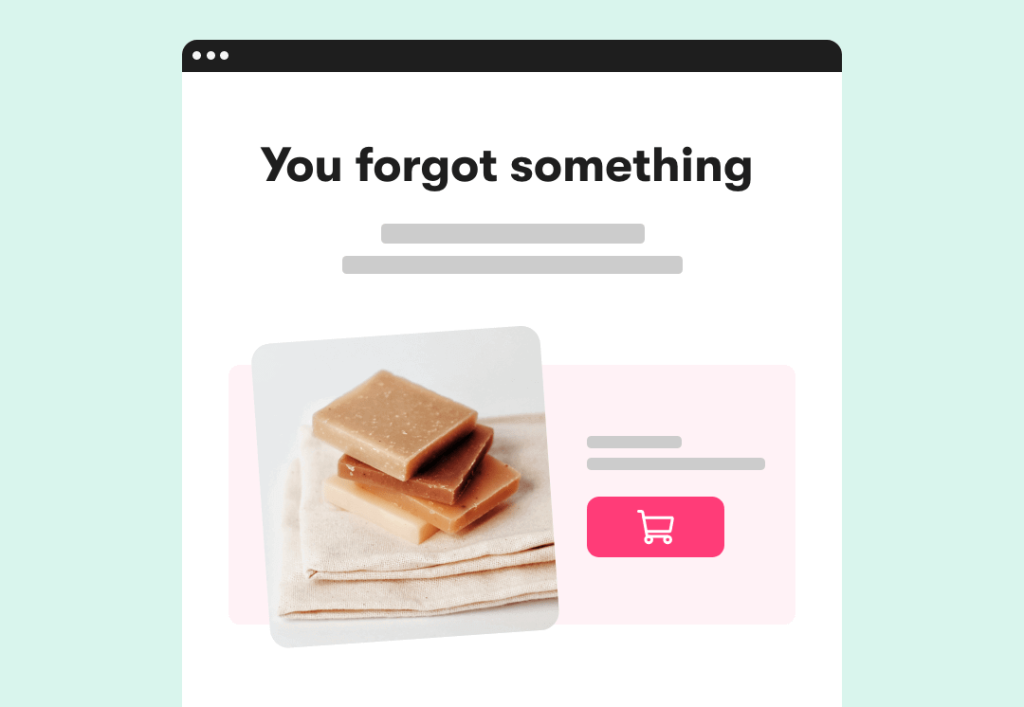
Instagram Story Promo with Interactive Poll
Use Instagram Stories to run a 3-part sequence: first, a poll (“Which product do you love more?”), second, show off your product in both styles, and third, offer a limited-time promo with a swipe-up link. It’s engaging, fun, and direct.
Spin-to-Win Discount Popup
Using Interactive Content such as adding a gamified popup to your homepage that lets visitors spin a virtual wheel to win a discount or freebie, but they must enter their email to play. It’s a great lead-gen and conversion play in one.

Product Recommenders
Build a simple Guided Selling experience like “Find Your Perfect Coffee Blend” or “What’s Your Hair Routine?” and deliver tailored product suggestions based on results. It’s personal, helpful, and sets up an easy transition to purchase.
Did you know? When compared to static content, Interactive Content can increase conversions by 2-3 times.
Flash Sale Landing Page with Countdown
Create a dedicated landing page for a 48-hour flash sale. Add bold product visuals, a compelling headline, a single CTA, and a countdown clock. Promote via email and paid ads to drive urgency.
These examples are starting points for you to use in your direct response marketing strategy. Customize them to fit your brand, and you’ll have actionable direct response tools you can launch fast.
If you’re running an eCommerce store and want these strategies to work overtime for you? This eCommerce content marketing guide has all the details you need to know on turning content into conversions without breaking a sweat.
Time to Kick Off Your Direct Response Strategy
Direct Response Marketing forces you to be clear, bold, and results-driven. And in a world where attention is a currency, that’s exactly what you need to cash in.
Don’t wait for results. Create them.
And if you want a little secret sauce, here it is: over 300+ interactive templates ready to go. Create a free trial account today and start crafting campaigns that engage, convert, and basically do the heavy lifting for you!
Ready to launch something that gets people to click, act, and buy right now? Let’s make it happen.
